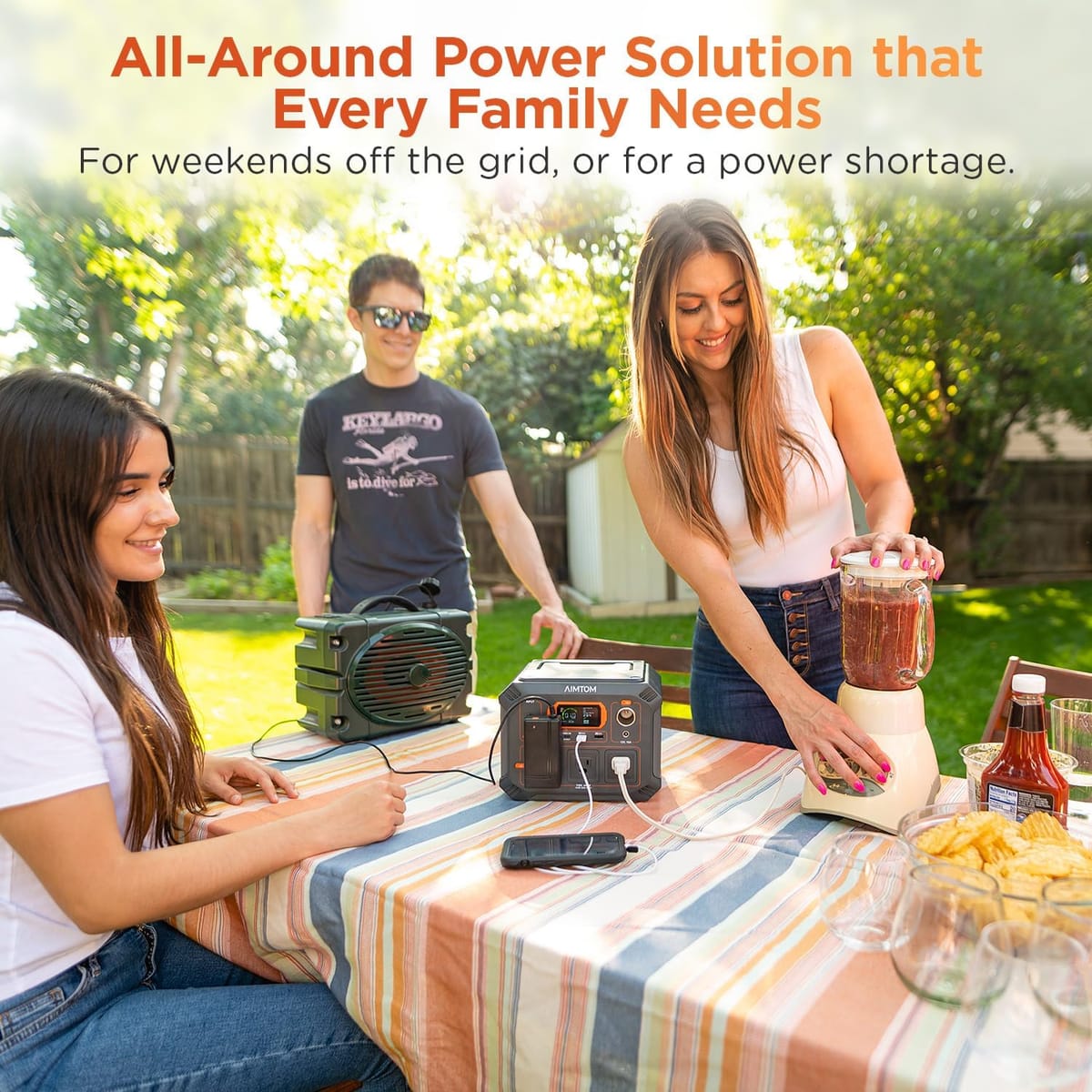Portable power stations have become the unsung heroes of modern-day adventures and emergencies. Whether you're camping in the wilderness or facing a power outage at home, these devices offer a lifeline. But how long can you rely on them before they need a recharge? Let's dive into the nitty-gritty details.
Key Takeaways:
- Understanding Capacity: The capacity of a portable power station, measured in watt-hours (Wh), is crucial in determining its runtime.
- Power Consumption: The devices you connect significantly affect how long the power station will last.
- Efficiency Matters: Not all power stations are created equal; efficiency plays a vital role in performance.
What is a Portable Power Station?
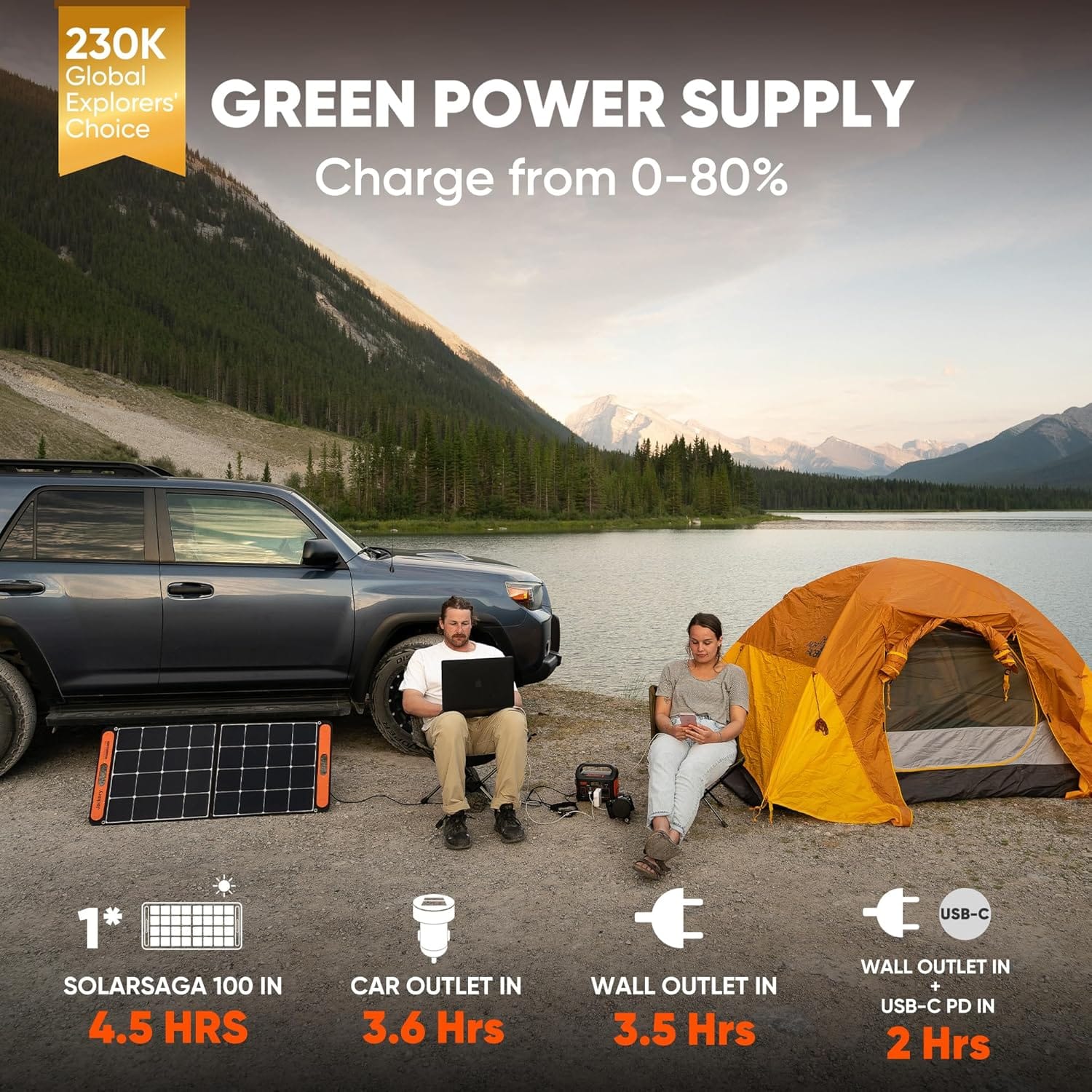
A portable power station is essentially a large battery with multiple outlets. It allows you to charge or power various devices without needing a direct connection to the grid. These stations are versatile, offering USB ports, AC outlets, and even DC carports. They are perfect for camping trips, tailgating, or as a backup during power outages.
The beauty of these devices lies in their portability and ease of use. Unlike traditional generators, they don't require fuel, making them cleaner and quieter. However, their runtime depends on several factors, including their capacity and the power draw of connected devices.
Understanding Watt-Hours (Wh)
Watt-hours (Wh) are the standard unit of measurement for a power station's capacity. It indicates how much energy the station can store and deliver. For instance, a 500Wh power station can theoretically provide 500 watts for one hour or 100 watts for five hours.
However, real-world usage often differs due to efficiency losses and other factors. It's essential to understand that the higher the watt-hour rating, the longer the potential runtime. But remember, this is just one piece of the puzzle.
Factors Affecting Runtime
Several factors influence how long a portable power station will last. The most significant is the power consumption of the devices you connect. A laptop, for example, might draw 60 watts, while a mini-fridge could require 100 watts or more.
Another factor is the efficiency of the power station itself. Some models are more efficient than others, meaning they can deliver more of their stored energy to your devices. Additionally, environmental conditions like temperature can impact performance.
Calculating Runtime
To estimate how long your power station will last, you can use a simple formula: Runtime (hours) = Capacity (Wh) / Power Consumption (W). For example, if you have a 300Wh power station and you're powering a 50W device, the runtime would be approximately 6 hours.
This calculation provides a rough estimate, as real-world conditions can vary. It's always a good idea to test your setup before relying on it in critical situations.
Real-World Examples
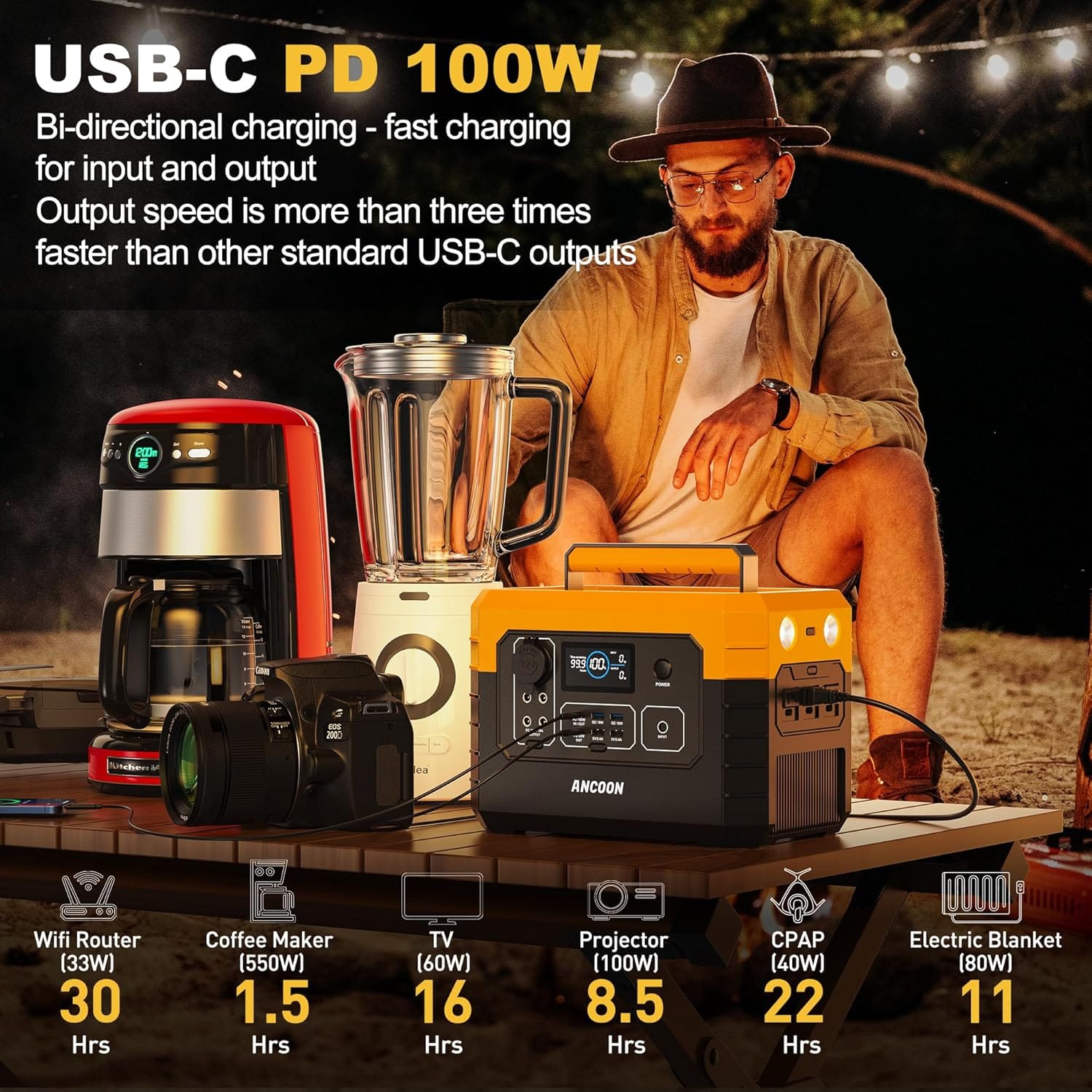
Let's consider a few practical scenarios. Suppose you're camping and want to power a 10W LED light and a 60W laptop. With a 500Wh power station, you could run the light for 50 hours or the laptop for about 8 hours. If you use both simultaneously, the runtime would be shorter.
In another scenario, during a power outage, you might need to keep a 100W refrigerator running. A 1000Wh power station could theoretically power it for 10 hours, but efficiency losses might reduce this time.
Efficiency and Power Loss
Efficiency is a crucial factor in determining how long a portable power station will last. Not all the stored energy is available for use; some is lost as heat during the conversion process. This loss can vary between models, so it's worth checking the efficiency rating when purchasing a power station.
Additionally, the type of inverter used can affect efficiency. Pure sine wave inverters are generally more efficient and better for sensitive electronics than modified sine wave inverters.
The Impact of Temperature
Temperature can significantly impact the performance of a portable power station. Batteries tend to perform better in moderate temperatures. Extreme cold can reduce capacity, while excessive heat can cause damage.
It's advisable to store and use your power station in a temperature-controlled environment whenever possible. This practice will help maintain its efficiency and prolong its lifespan.
Charging Options
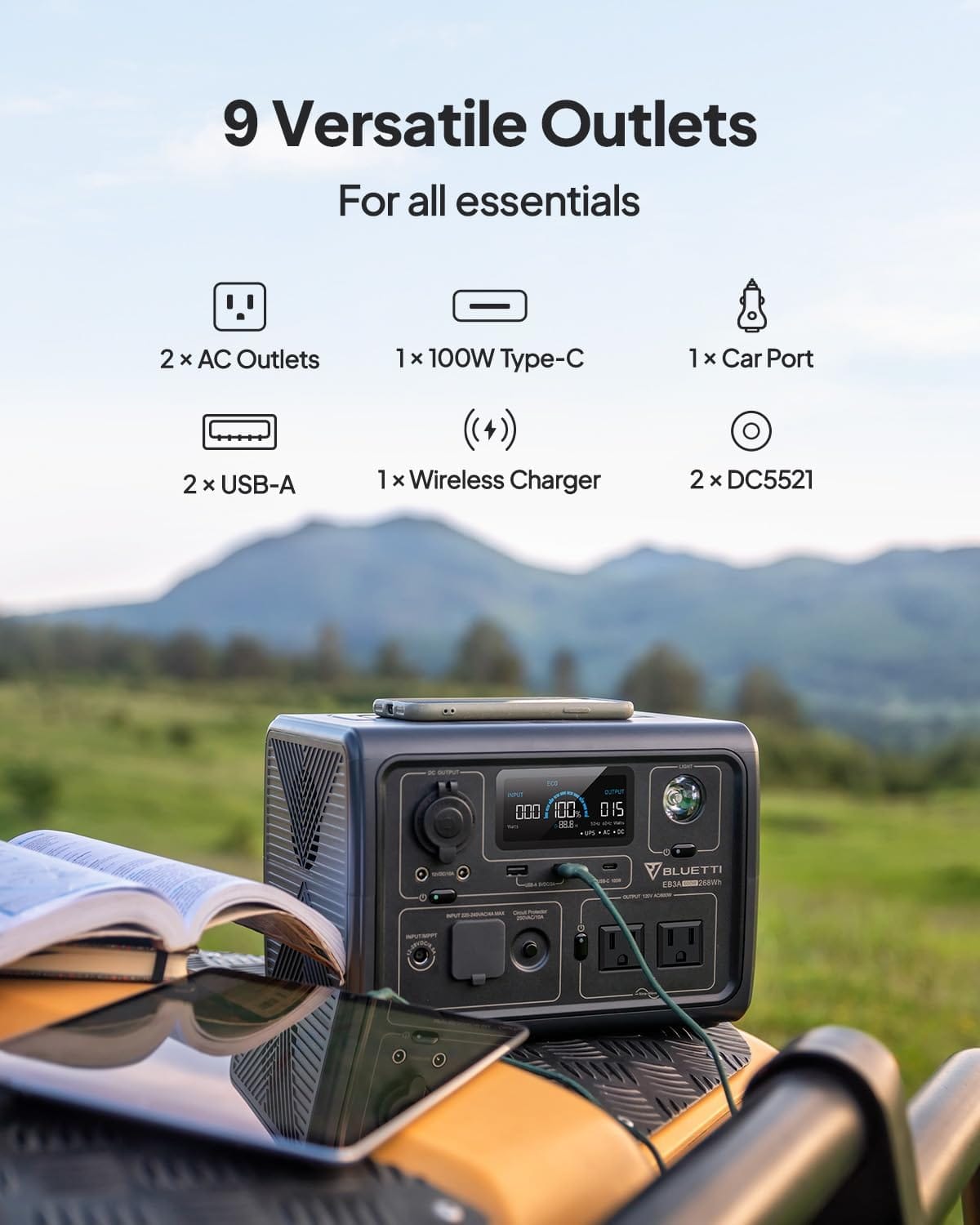
Portable power stations offer various charging options, including solar panels, AC outlets, and car chargers. Solar charging is an excellent option for off-grid adventures, but it requires sunlight and can be slower than other methods.
AC charging is the fastest and most convenient method, while car charging is useful for on-the-go situations. Understanding these options can help you plan your power needs effectively.
Choosing the Right Power Station
Selecting the right portable power station depends on your specific needs. Consider the devices you plan to power and their total wattage. A higher capacity station might be necessary for more demanding applications.
Additionally, look for features like multiple output ports, fast charging capabilities, and a durable design. Reading reviews and comparing models can help you make an informed decision.
Maintenance Tips
Proper maintenance can extend the life of your portable power station. Regularly check for software updates, clean the ports, and store it in a cool, dry place. Avoid overcharging or completely depleting the battery, as this can reduce its lifespan.
Following these simple tips can ensure your power station remains reliable when you need it most.
Case Study: Camping Trip
Imagine you're on a weekend camping trip with friends. You have a 300Wh power station and plan to power a 10W LED light, a 60W laptop, and a 5W phone charger. By calculating the total power consumption, you can estimate the runtime and ensure you have enough power for the entire trip.
This scenario highlights the importance of planning and understanding your power needs. With the right preparation, you can enjoy your adventure without worrying about running out of power.
Case Study: Emergency Backup
During a recent storm, a family used a 1000Wh power station to keep essential devices running. They powered a 100W refrigerator, a 10W LED light, and a 5W phone charger. By prioritizing their needs and managing power consumption, they were able to maintain essential services until the grid was restored.
This example demonstrates the value of a portable power station in emergencies. With careful planning, it can provide peace of mind and keep you connected during unexpected outages.
Future Trends in Portable Power
The future of portable power stations looks promising, with advancements in battery technology and efficiency. New models are becoming lighter, more powerful, and more affordable. Solar integration is also improving, making off-grid living more accessible.
As technology evolves, we can expect even more innovative features and capabilities, further enhancing the versatility of portable power stations.
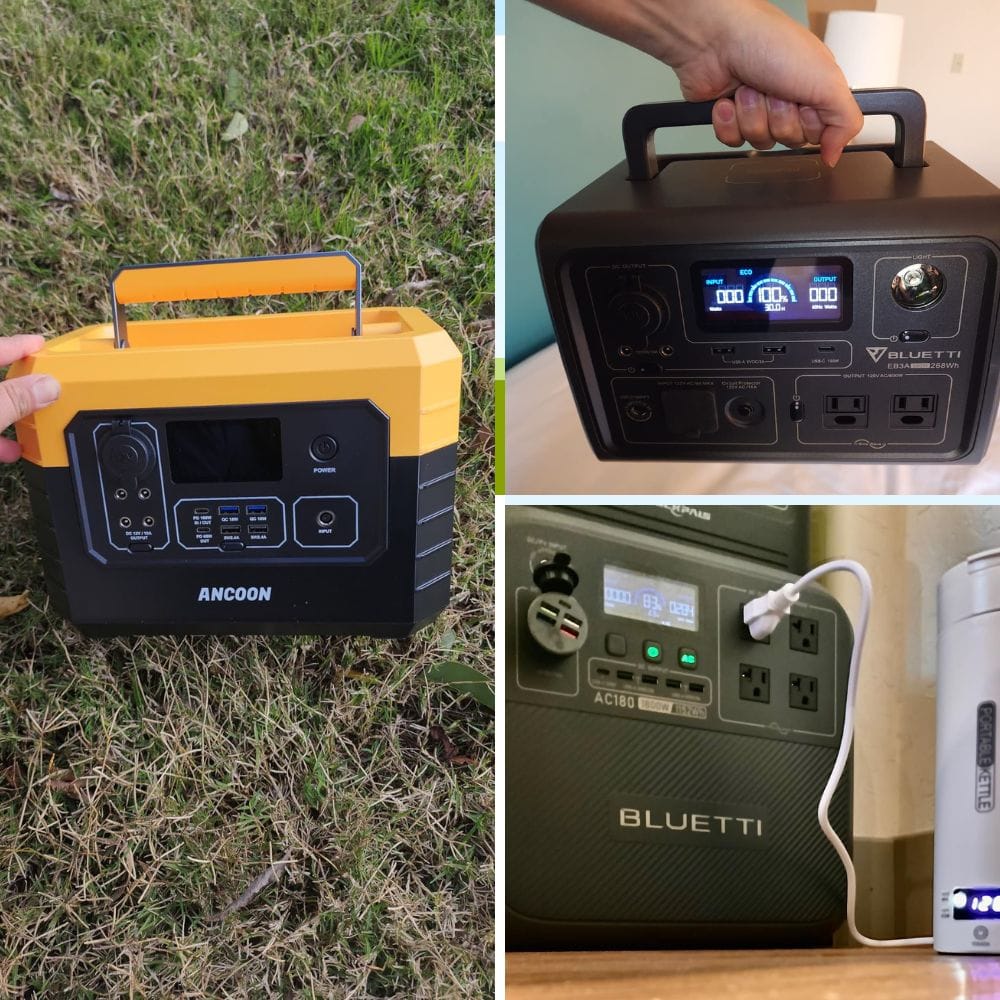

How do I choose the right portable power station for my needs?
Consider the total wattage of the devices you plan to power and select a power station with sufficient capacity. Look for features like multiple output ports and fast charging capabilities.
Can I charge a portable power station with solar panels?
Yes, many portable power stations support solar charging. It's a great option for off-grid adventures, but it requires sunlight and can be slower than AC charging.
How can I extend the life of my portable power station?
Regular maintenance, such as cleaning ports and avoiding overcharging, can prolong its lifespan. Store it in a cool, dry place and follow the manufacturer's guidelines for optimal performance.

Portable power stations are invaluable tools for both adventure and emergency situations. Understanding their capacity, efficiency, and the power consumption of your devices is key to maximizing their runtime. By considering these factors and planning accordingly, you can ensure you have the power you need when you need it.



